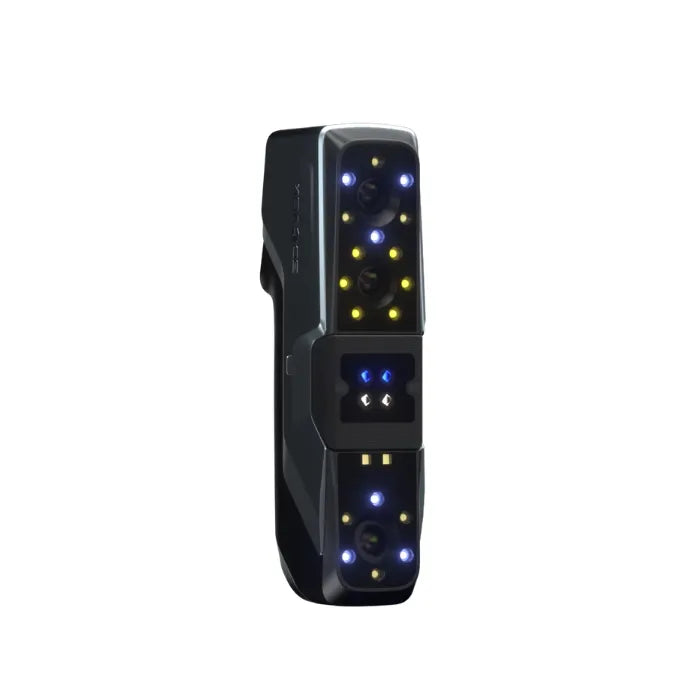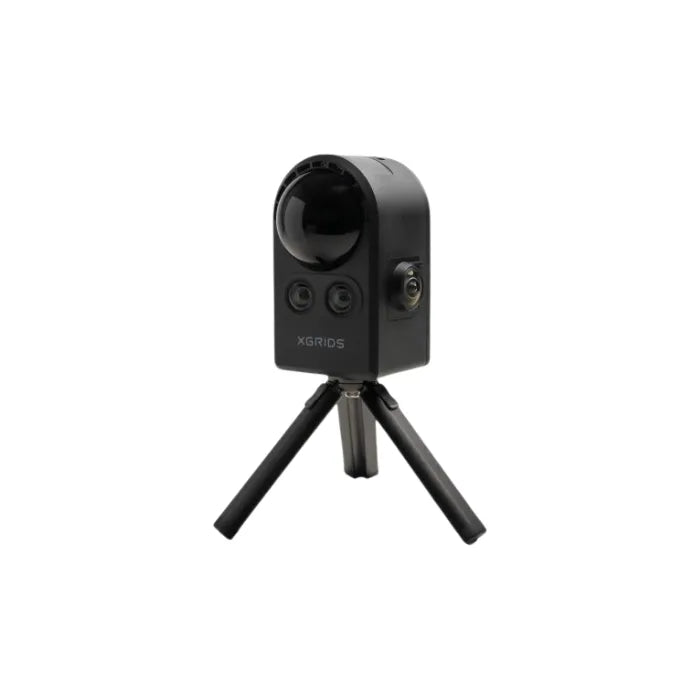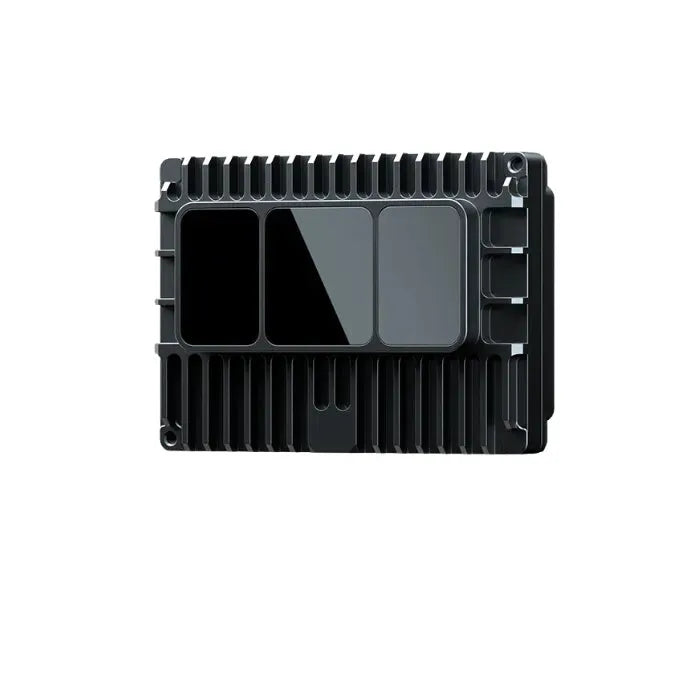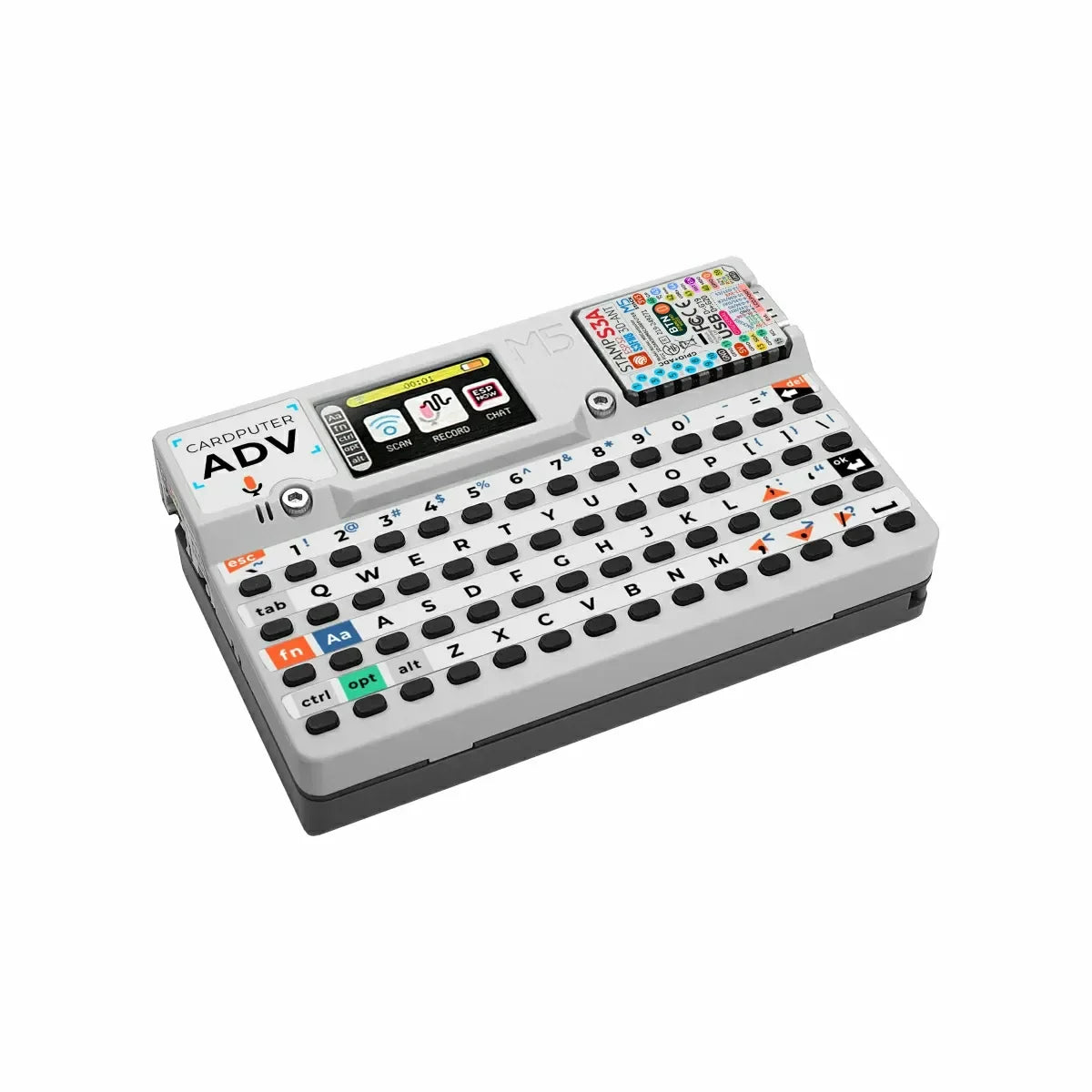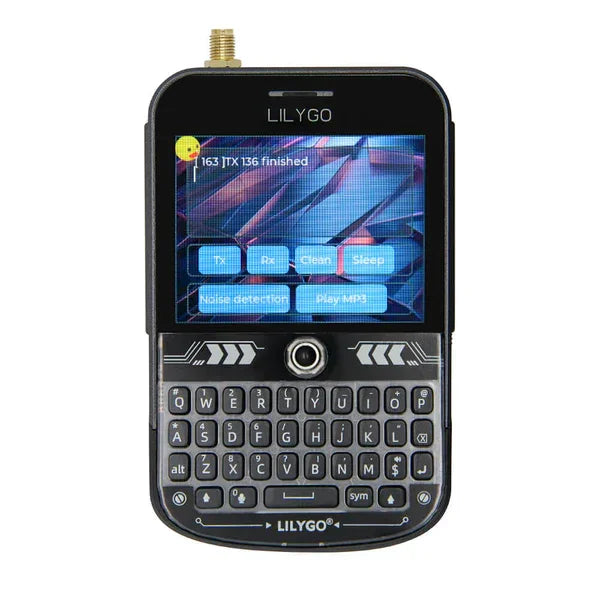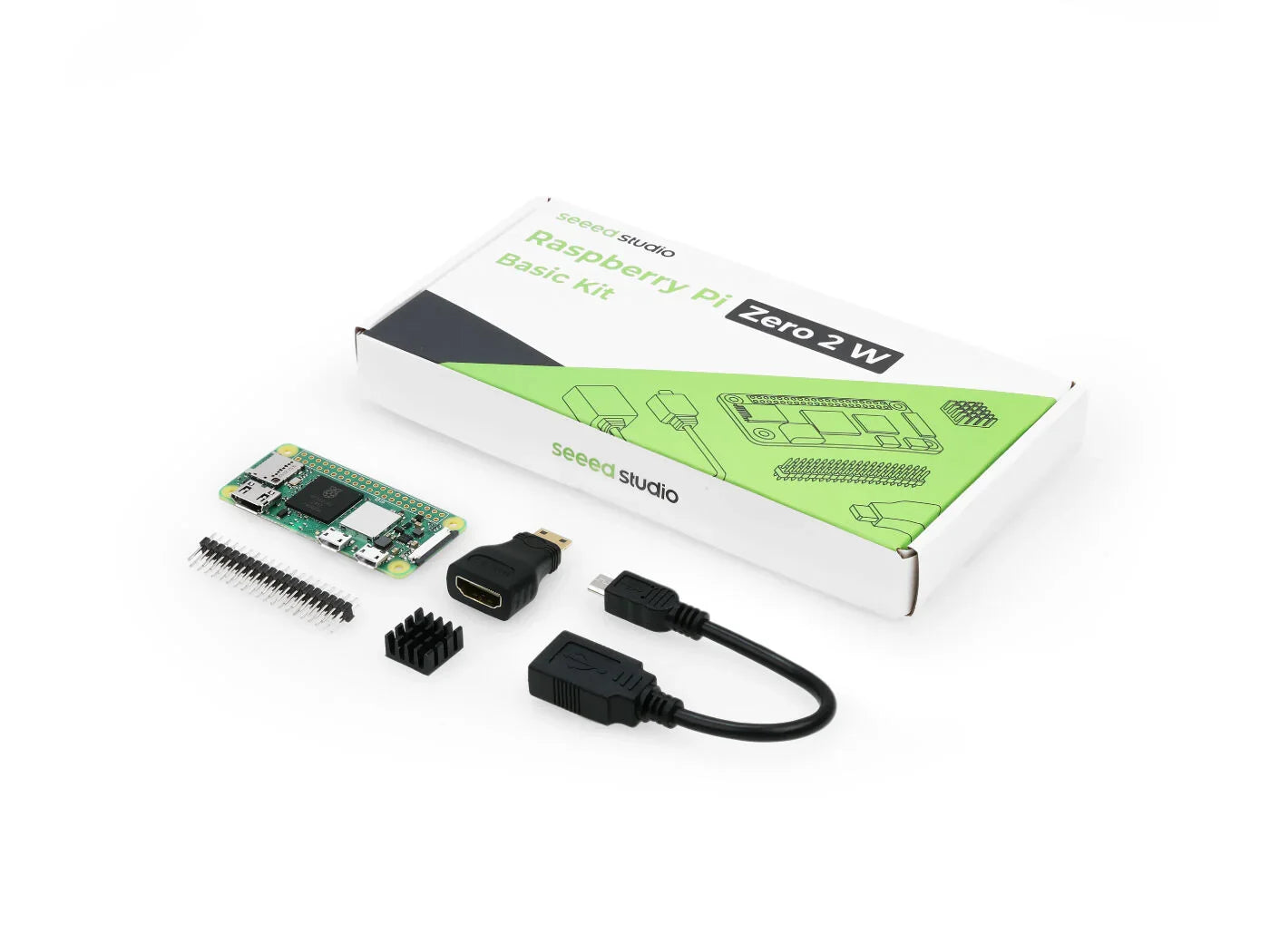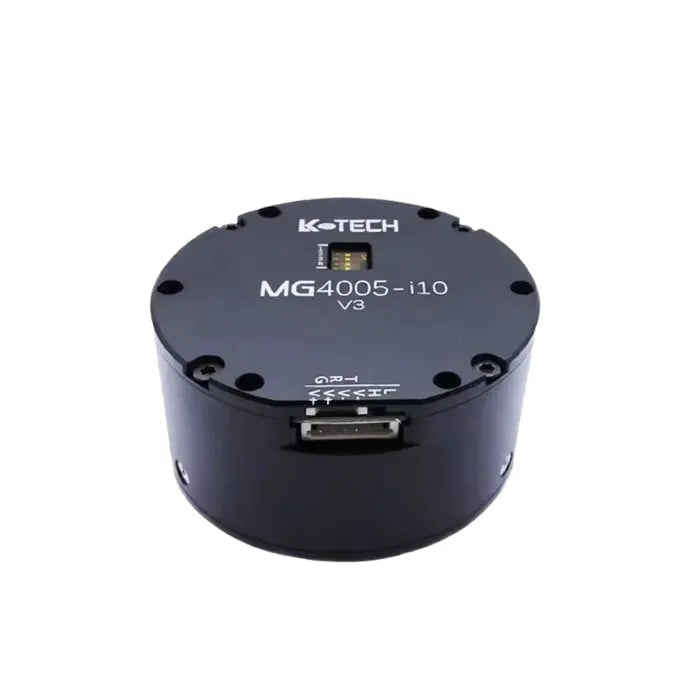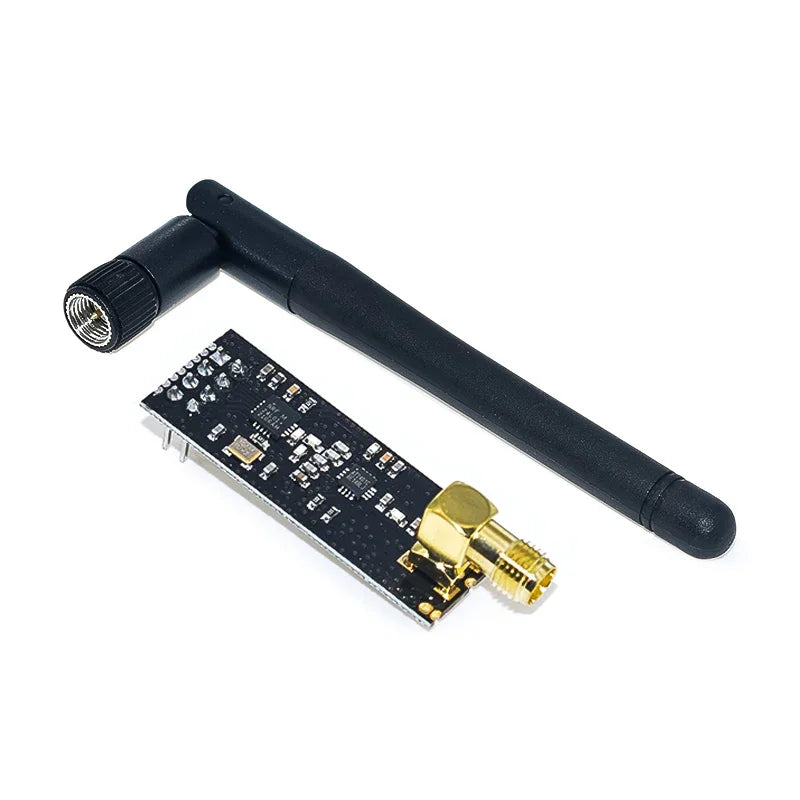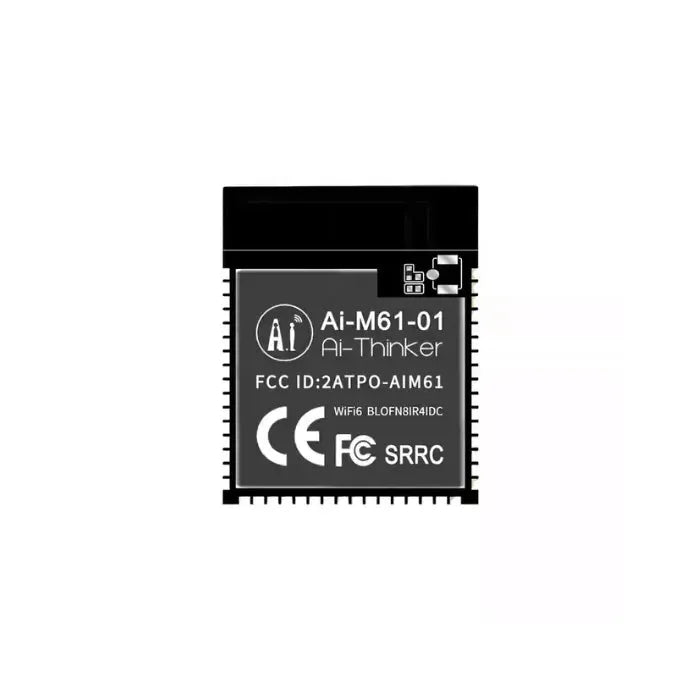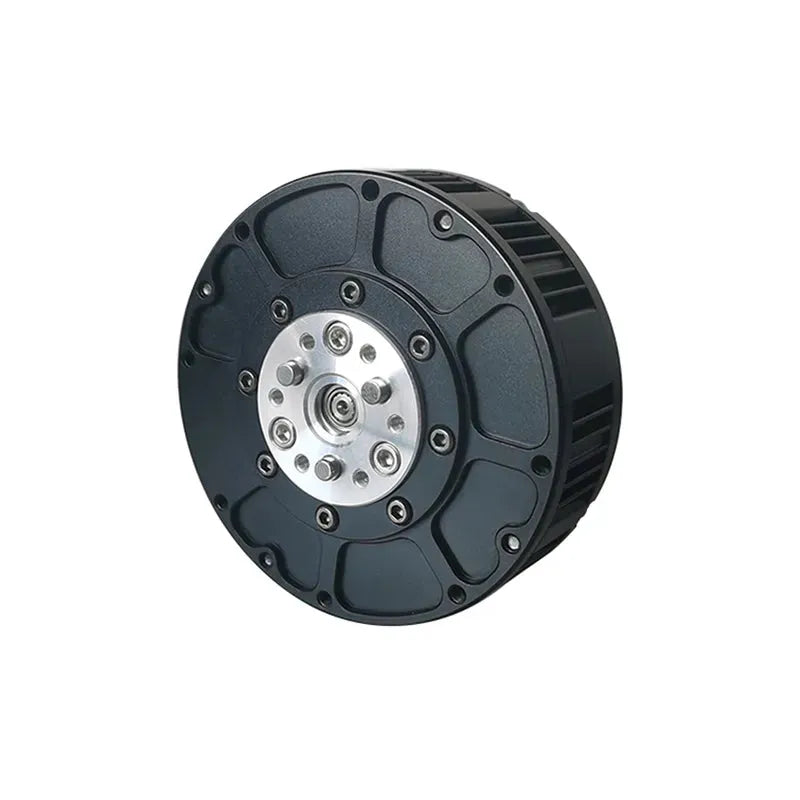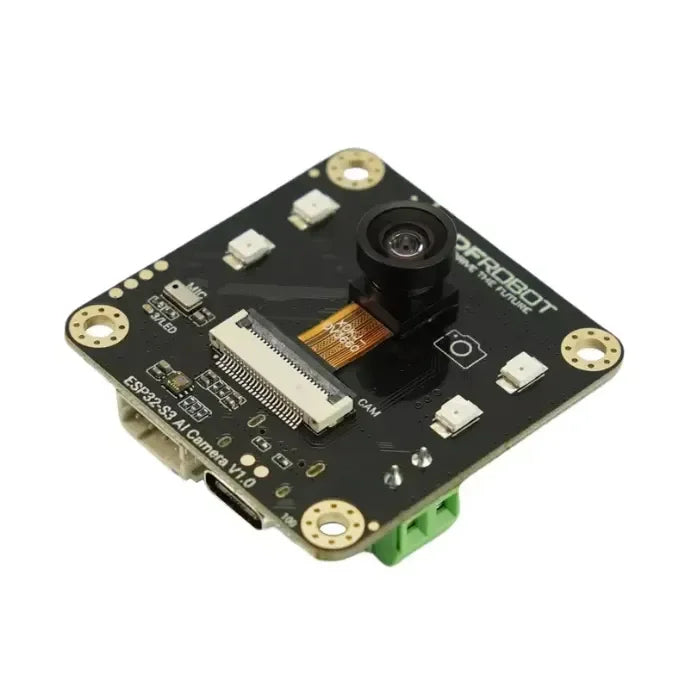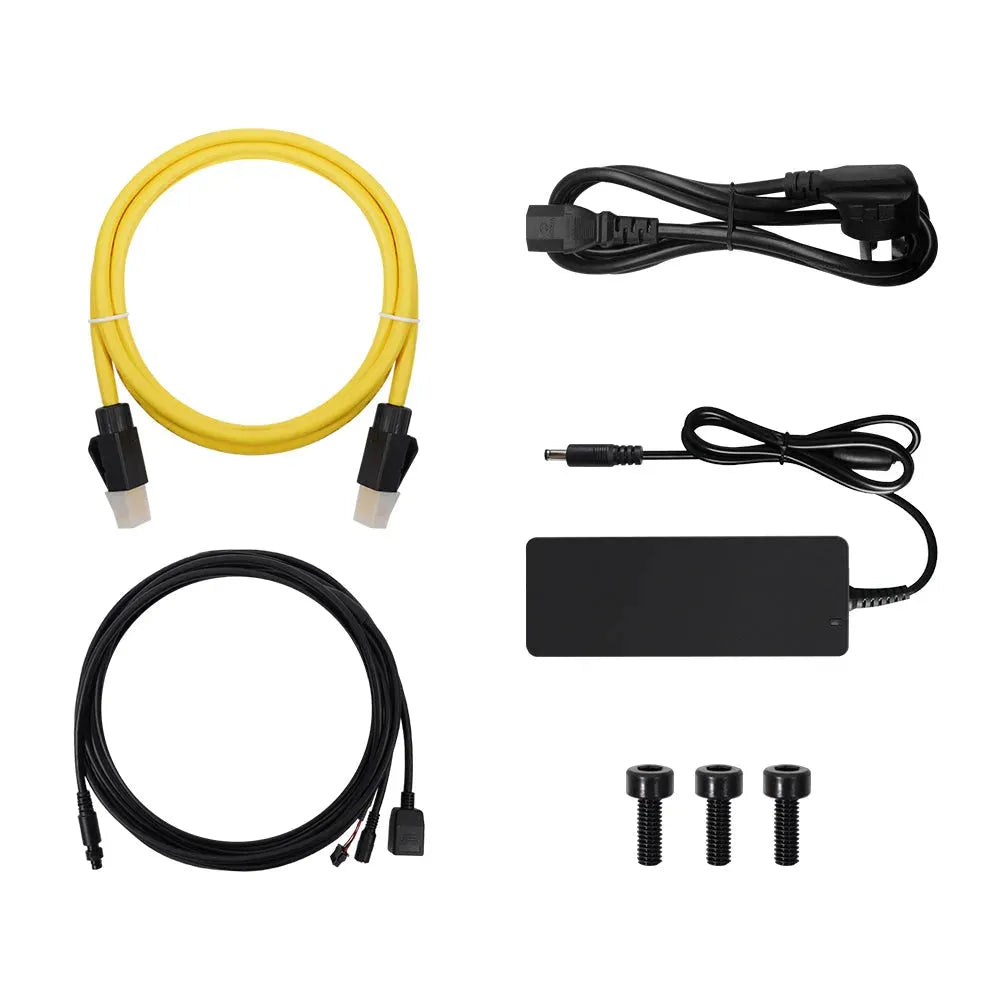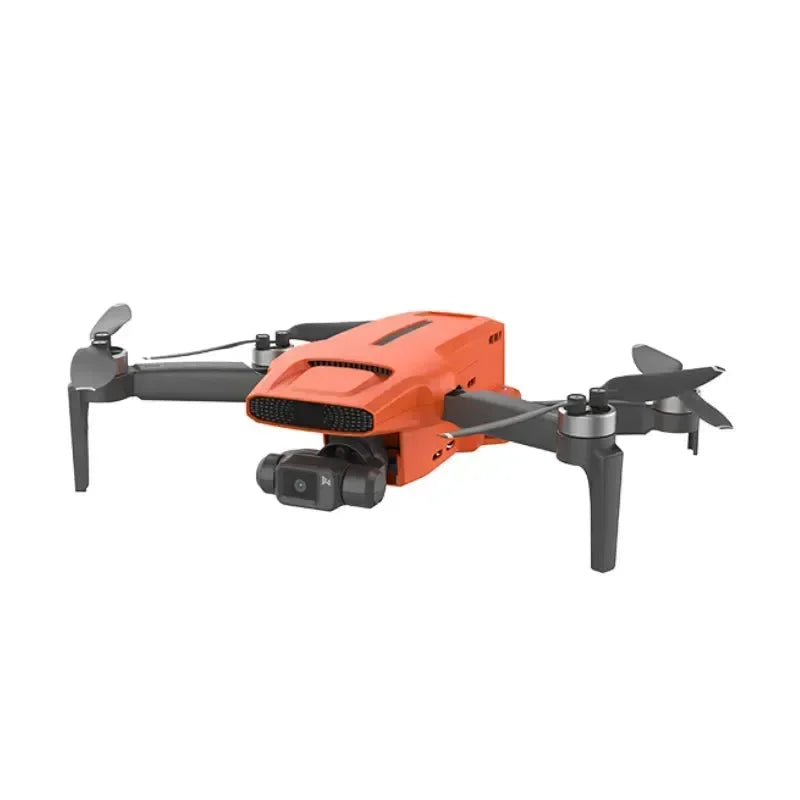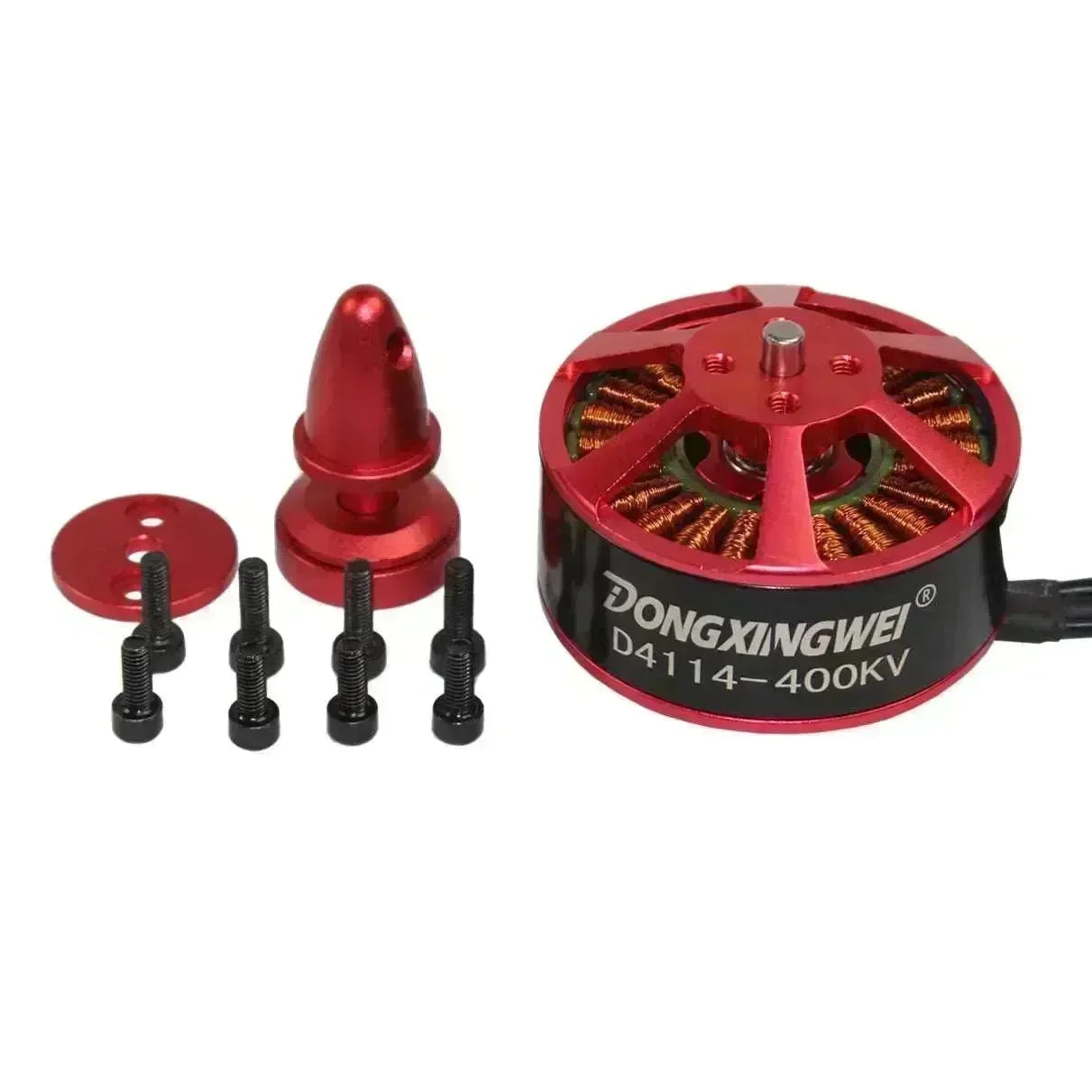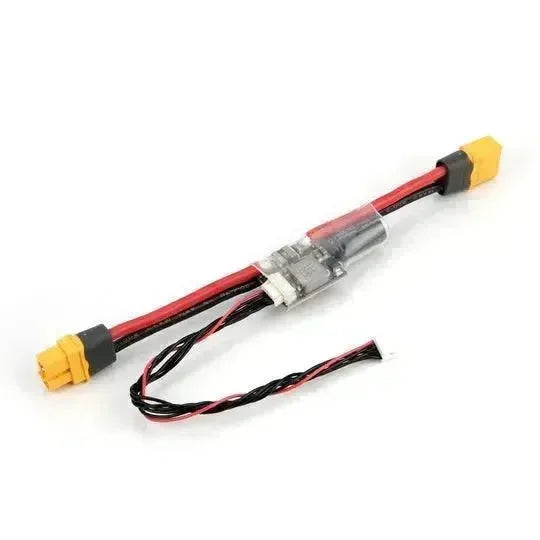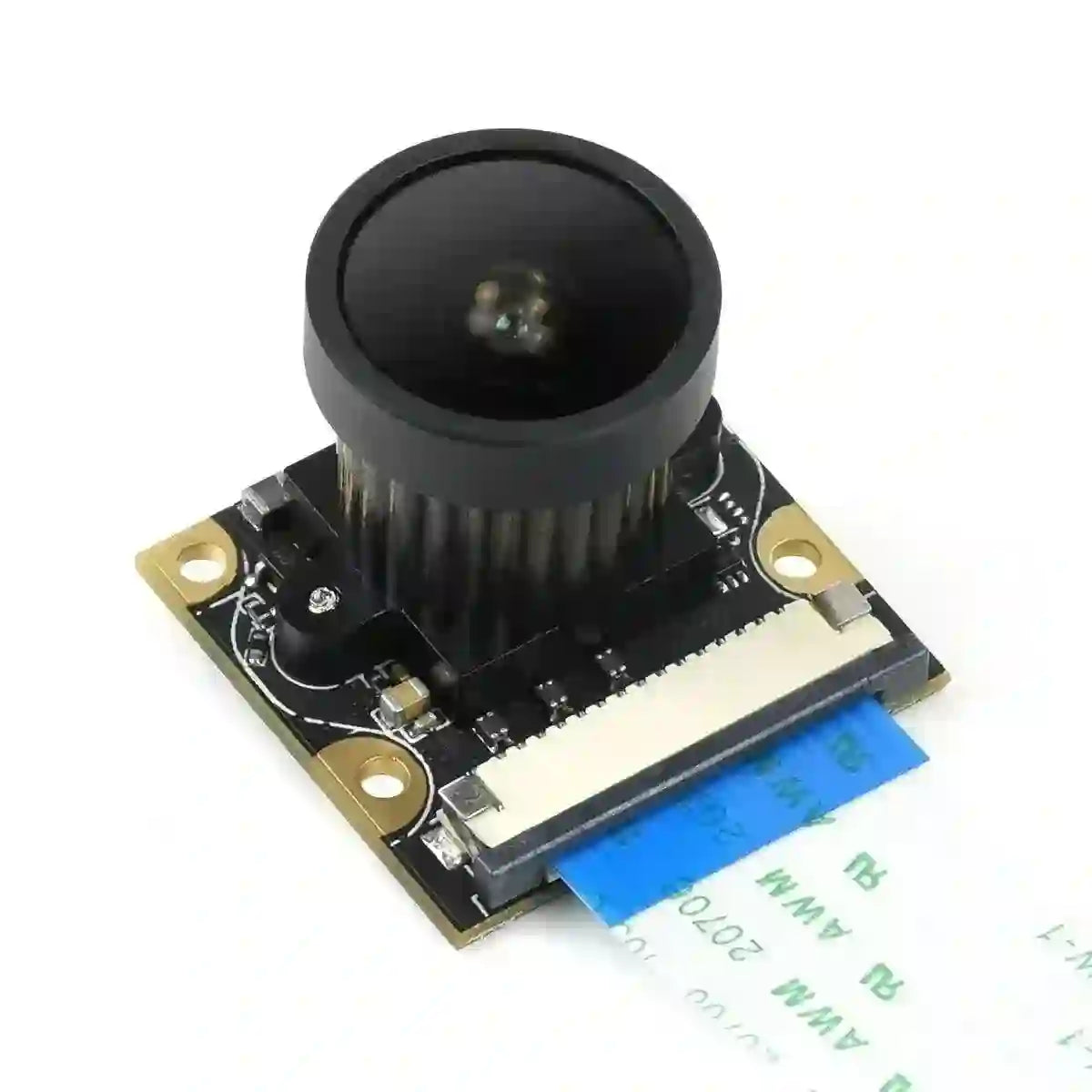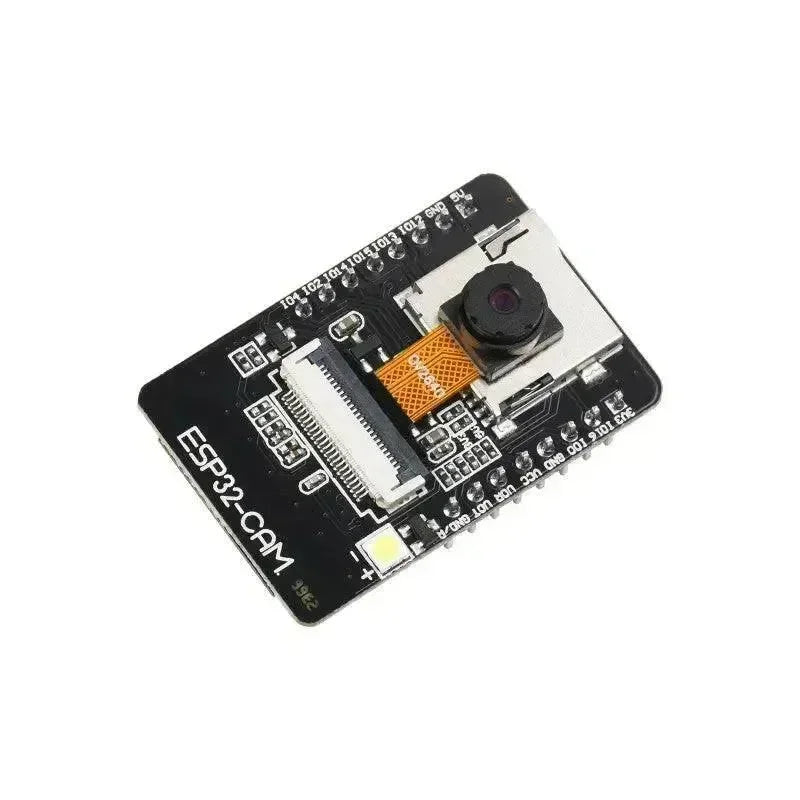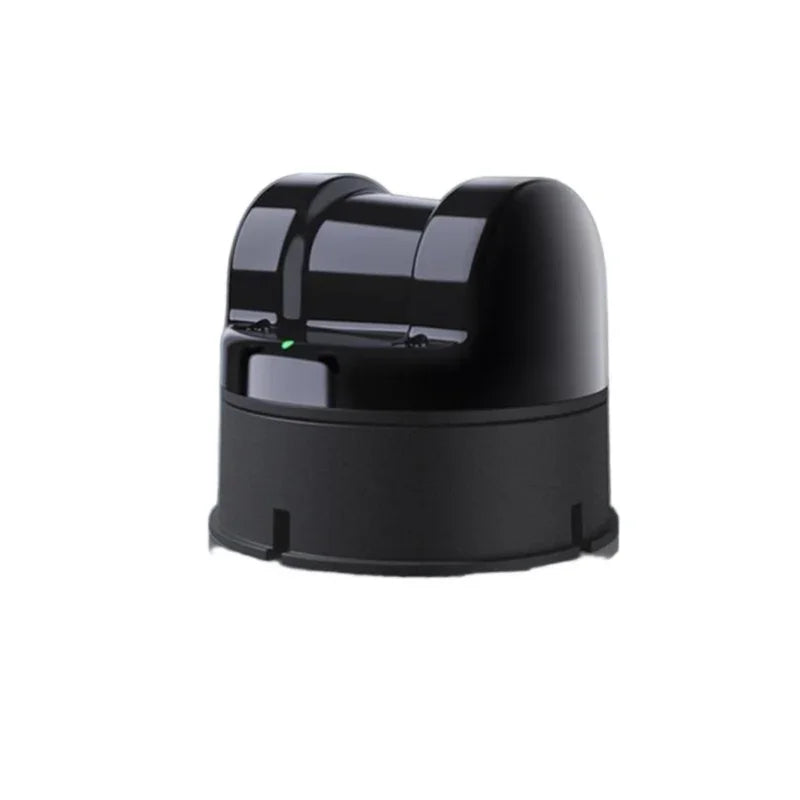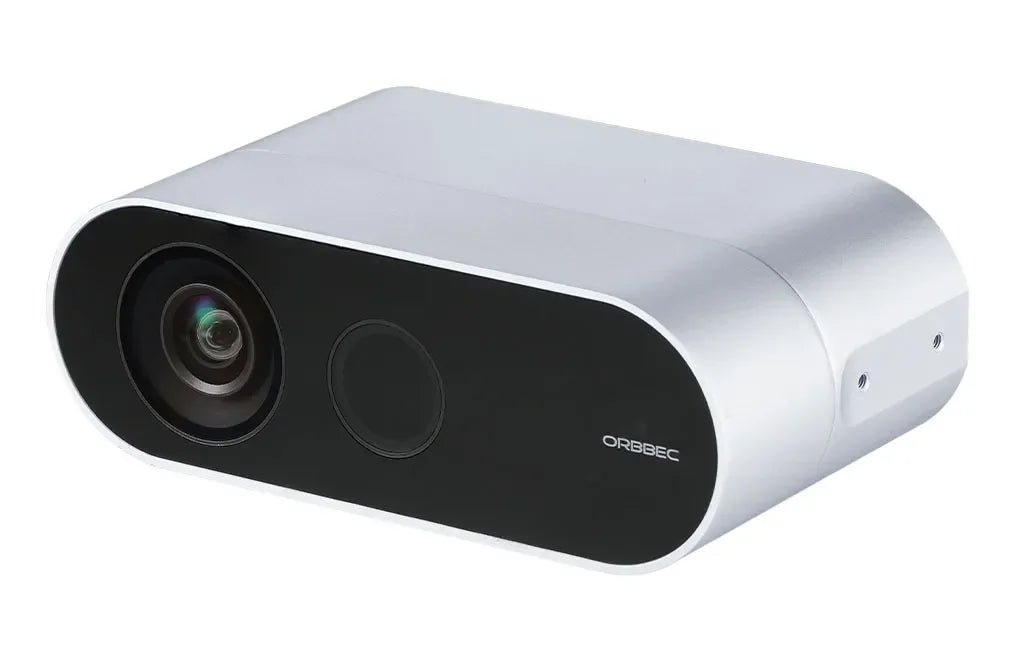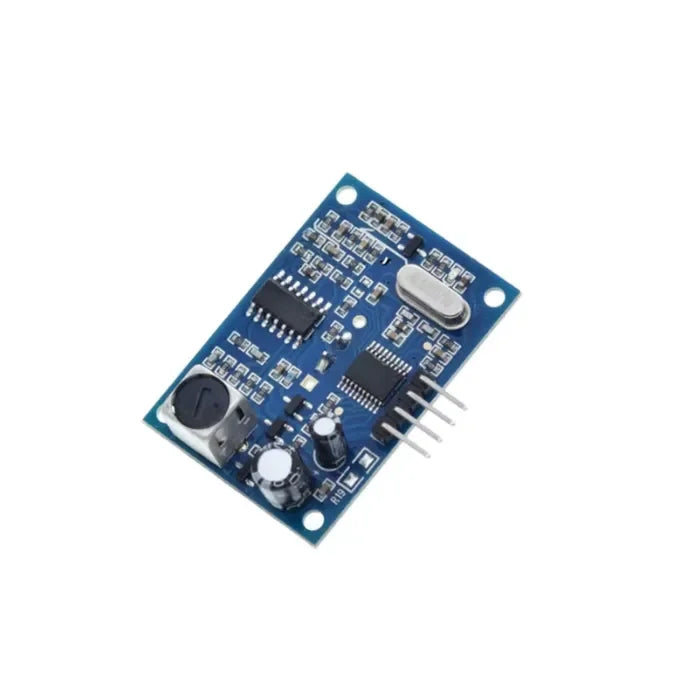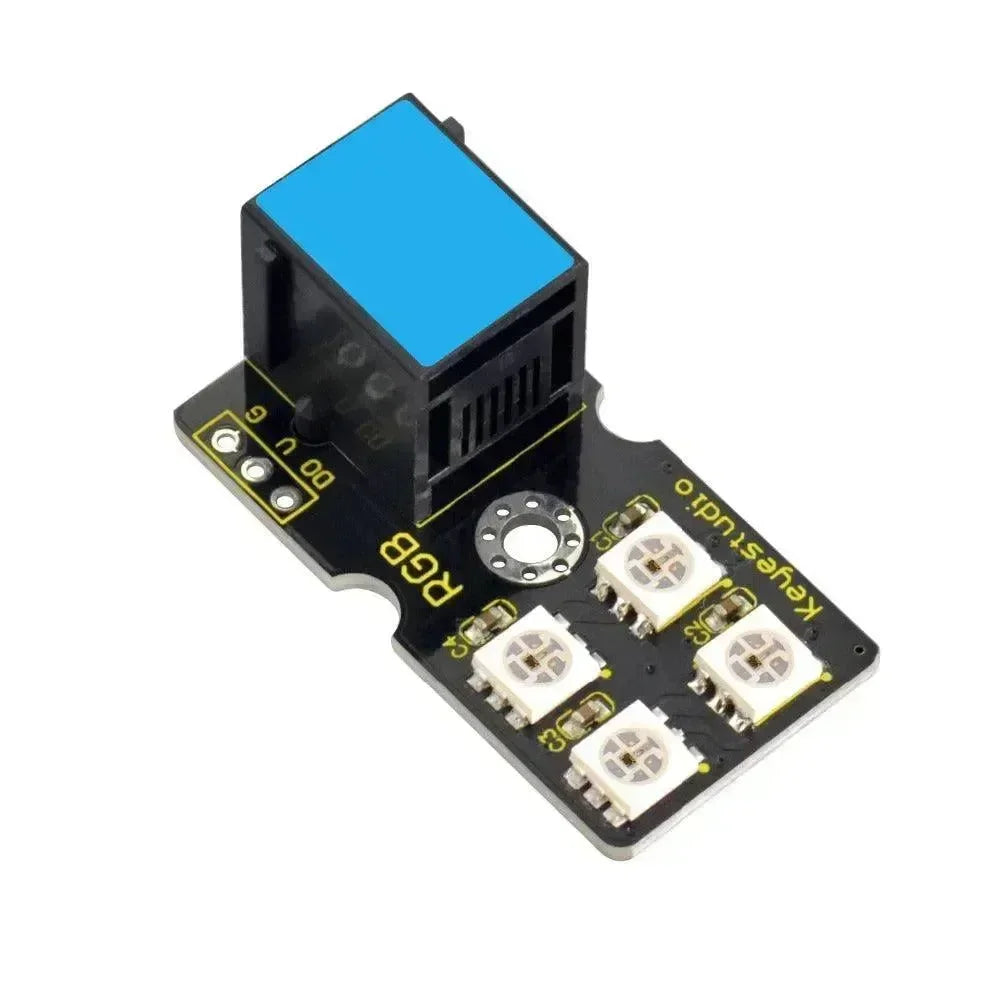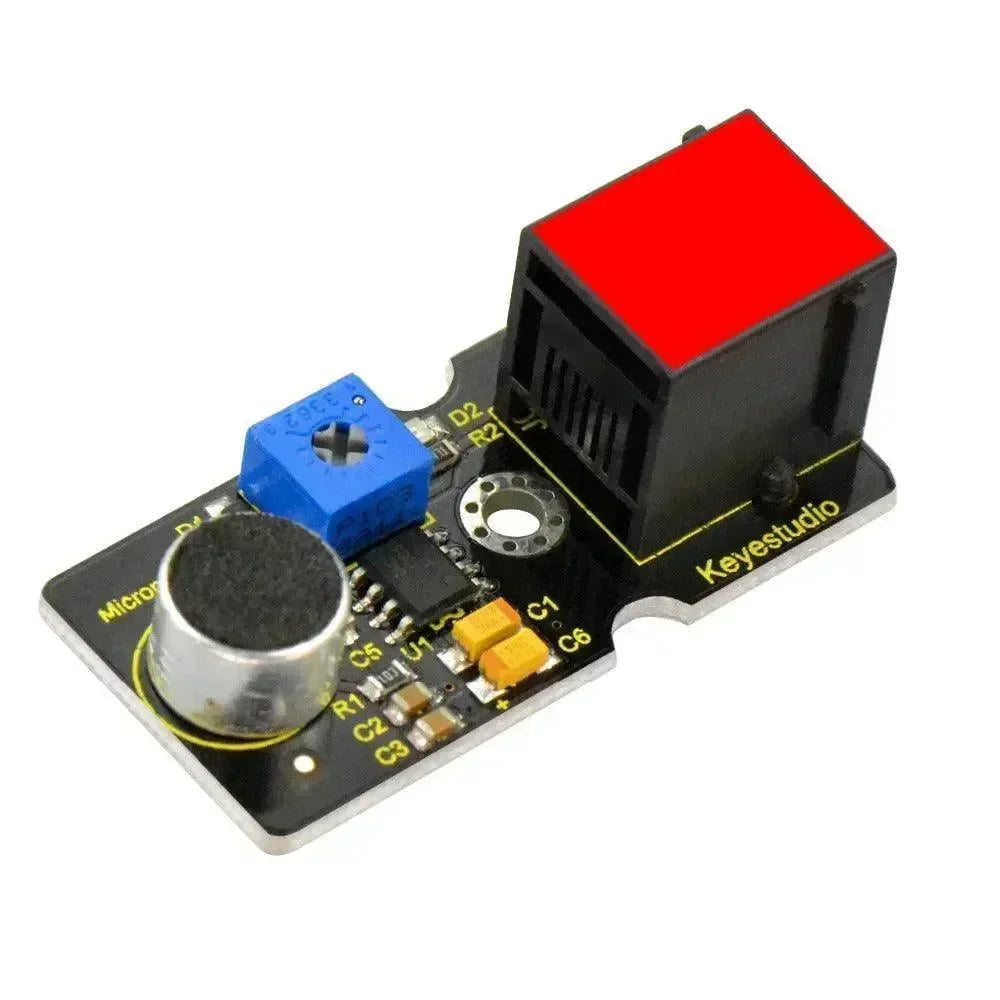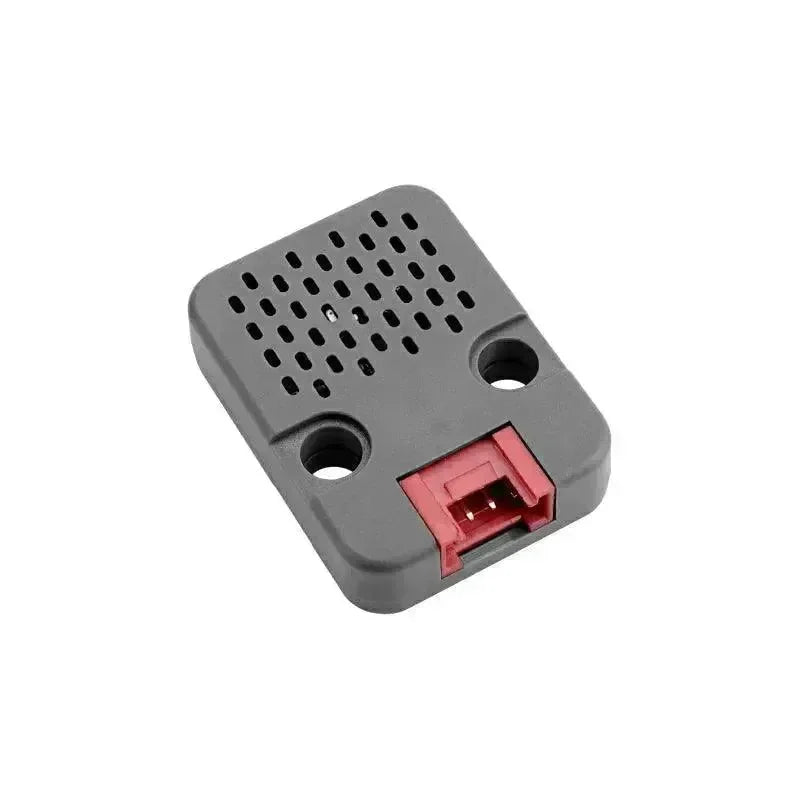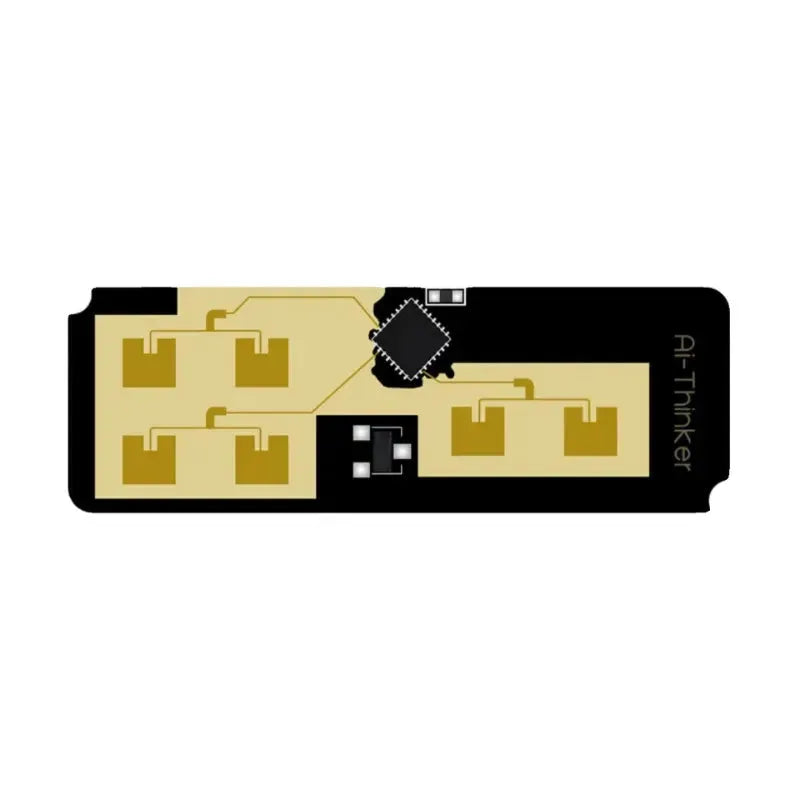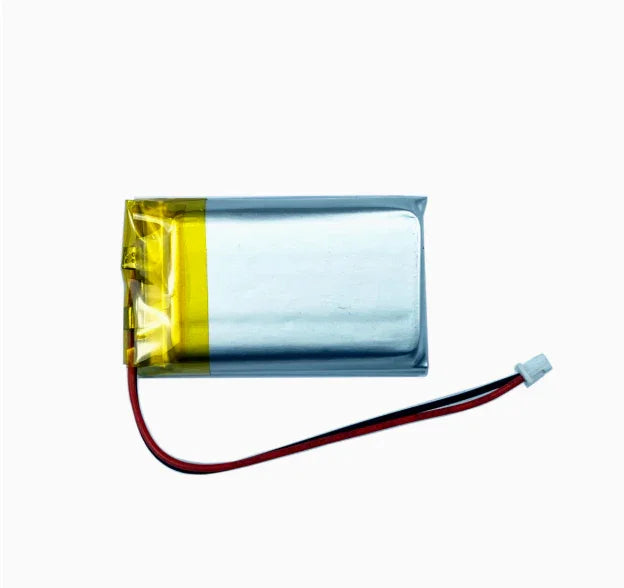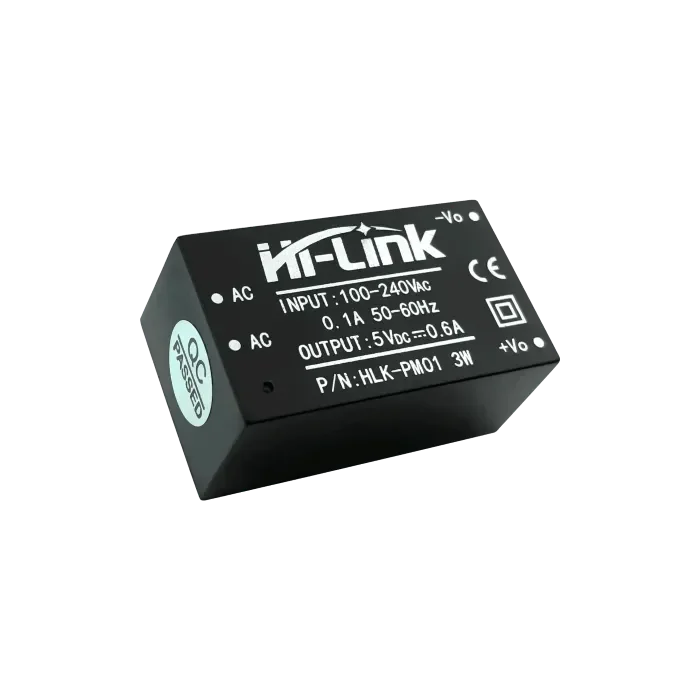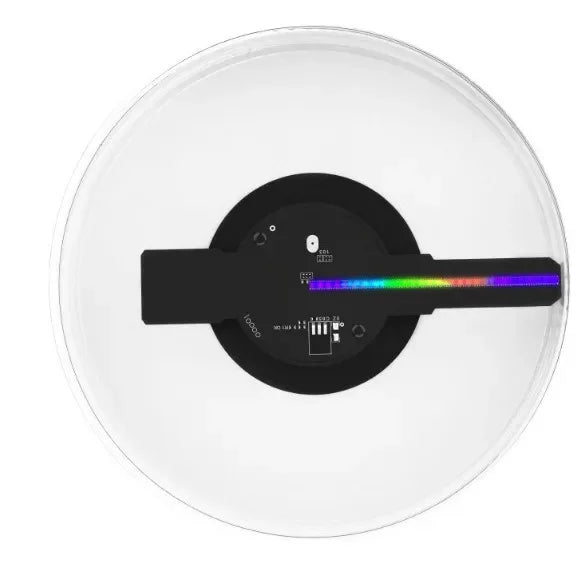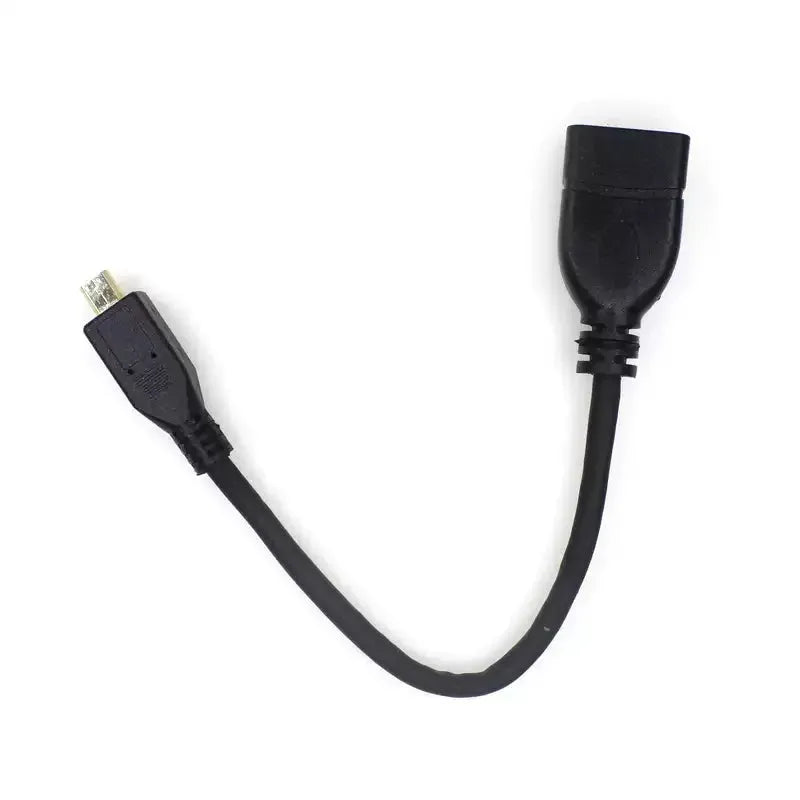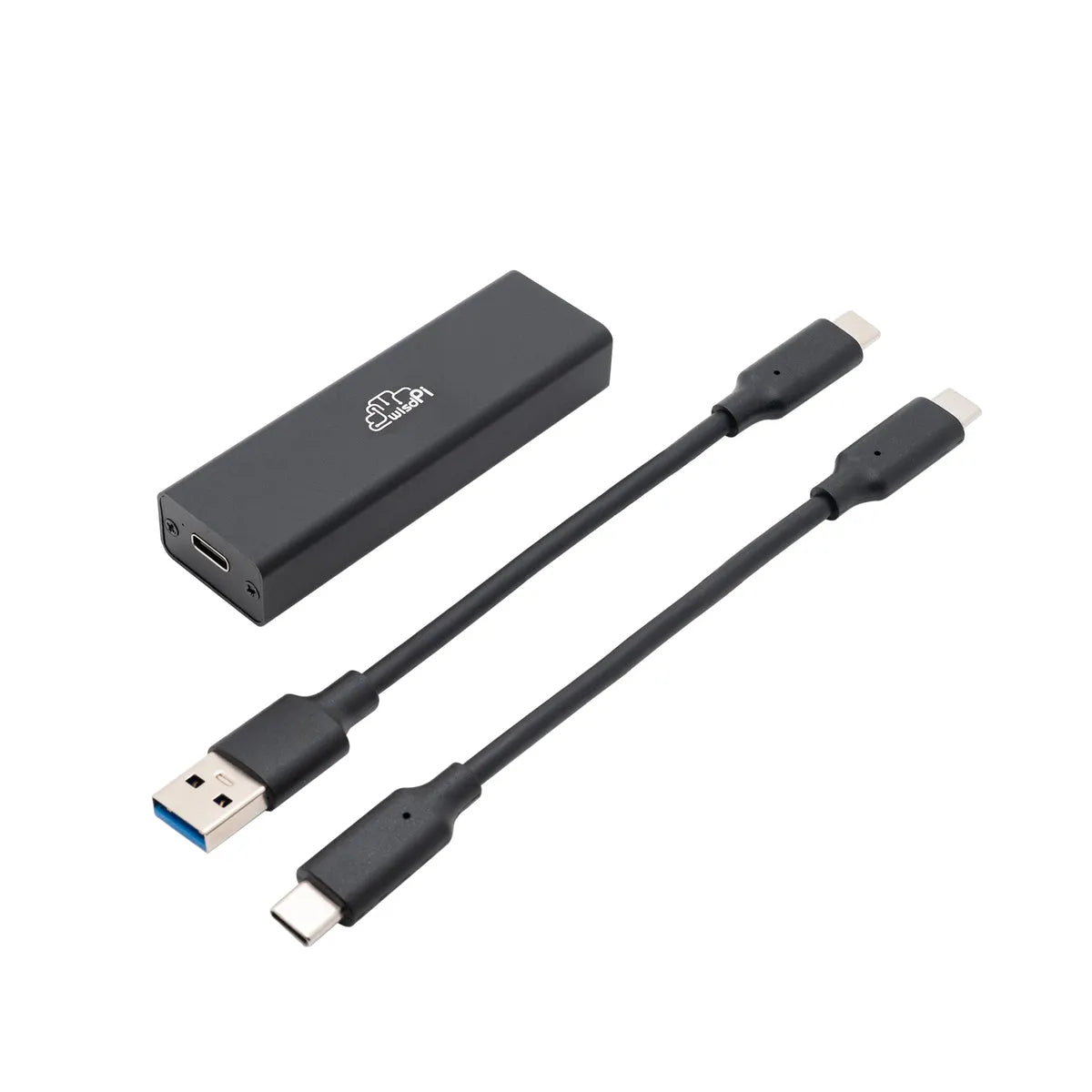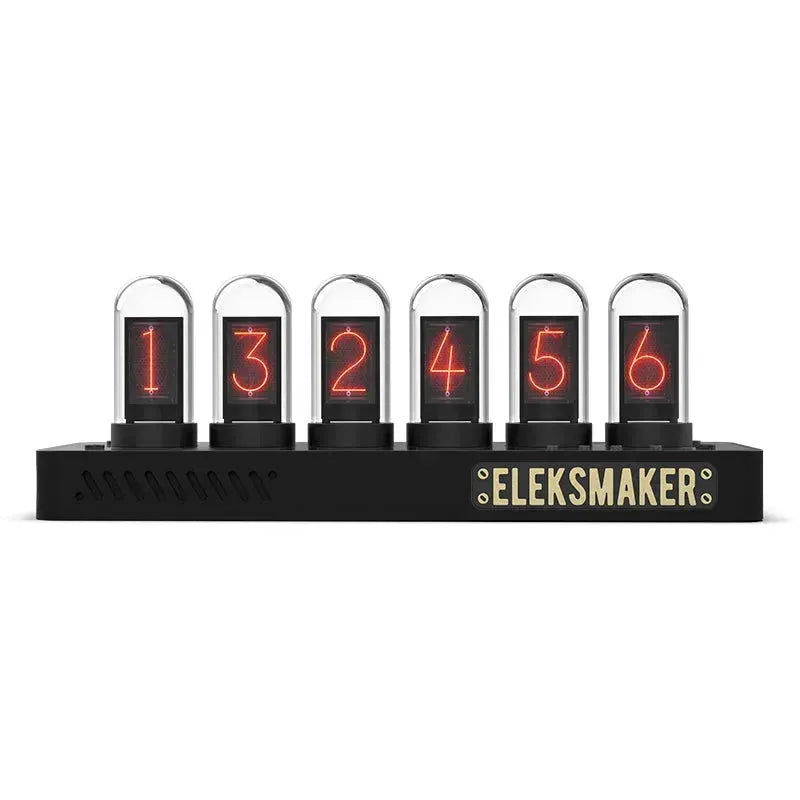📱 App / Applicazione / Applicazione Cliente
Un'applicazione che si connette a un nodo Meshtastic, principalmente per inviare o ricevere dati 📡 attraverso la rete mesh Meshtastic.
📶 Banda
Una gamma di frequenze utilizzate per la comunicazione LoRa 🌐, determinata dalla regione. Meshtastic suddivide ulteriormente queste bande in canali. Le bande possono essere identificate da limiti di frequenza inferiori e superiori (es. 902–928MHz), da una frequenza centrale (es. 915MHz) o dalla regione (es. US).
📢 Trasmissione
Inviare un messaggio o dati da un dispositivo Meshtastic a tutti gli altri dispositivi nel raggio 📡 nella rete Meshtastic, invece di indirizzarlo a un destinatario specifico.
📡 Canale
Nel firmware Meshtastic, un canale può riferirsi a: 1️⃣ Uno degli 8 canali Meshtastic configurabili, ciascuno con un nome unico e crittografia 🔑. Uno è designato come primario, gli altri come secondari. 2️⃣ Una frequenza specifica all'interno di una banda LoRa che un nodo Meshtastic può essere configurato per utilizzare.
💻 CLI
Interfaccia a riga di comando, un'interfaccia testuale utilizzata per interagire con il firmware Meshtastic e configurare i nodi Meshtastic tramite comandi ⌨️.
👤 Cliente
Un dispositivo o un'applicazione che si connette a un nodo Meshtastic, tipicamente per inviare o ricevere dati 📡 attraverso la rete mesh Meshtastic.
🔧 Dispositivo
Un componente hardware fisico che esegue il software Meshtastic, utilizzando la radio LoRa 📶 per partecipare a una rete mesh decentralizzata e a lunga distanza Meshtastic.
🔄 DFU
Device Firmware Update, una modalità utilizzata dai dispositivi Meshtastic per ricevere aggiornamenti firmware 📥, tipicamente durante il flashing o il recupero.
⚙️ ESP32
Un chipset microcontrollore utilizzato in molti dispositivi compatibili con Meshtastic. Consuma più energia 🔋 rispetto a NRF52 ma supporta il Wi-Fi 🌐 ed è conveniente per le applicazioni Meshtastic.
💾 Firmware
Il software a basso livello installato su un dispositivo Meshtastic che controlla l'hardware 🖥️ e abilita la comunicazione mesh LoRa.
💡 Flash / Flashing
Il processo di installazione o aggiornamento del firmware Meshtastic su un dispositivo. Il flashing permette la personalizzazione 🛠️ e l'aggiornamento dei nodi Meshtastic.
🌍 Foreign Mesh
Uno scenario nella rete Meshtastic dove un nodo riceve un messaggio da un altro nodo che non condivide canali configurati 🚫. Il messaggio è illeggibile ed è considerato proveniente da una Foreign Mesh.
🔌 GPIO
General Purpose Input/Output. Un pin di segnale digitale su un dispositivo Meshtastic usato per funzioni personalizzate di input/output ⚡, come sensori o trigger.
📡 LoRa
Una tecnologia wireless a lunga distanza e basso consumo usata dai dispositivi Meshtastic per comunicare su diversi chilometri 🗺️ senza infrastrutture cellulari o Wi-Fi.
👀 LoS
Line of Sight, un percorso diretto tra due nodi Meshtastic. Il LoS migliora la qualità del segnale 📶 e la portata nelle reti mesh LoRa.
🕸️ Mesh
In Meshtastic, una mesh si riferisce a una topologia di rete dove i nodi sono interconnessi 🔗, permettendo il routing dinamico e il rimbalzo dei messaggi attraverso la rete Meshtastic.
✉️ Messaggio
Un'unità di dati inviata tra nodi Meshtastic. I messaggi possono includere testo 💬, aggiornamenti GPS 📍 o dati da sensori 🌡️, trasmessi sulla rete mesh LoRa.
📐 MHz
Megahertz, un'unità di frequenza usata per definire le bande operative per i dispositivi LoRa Meshtastic, influenzando la portata 📶 e la velocità di trasmissione.
🧩 Modulo
In Meshtastic, un modulo può essere: 1️⃣ Un plug-in software che estende la funzionalità di Meshtastic. 2️⃣ Un componente hardware aggiuntivo 🔧 per un nodo Meshtastic, come GPS 🛰️ o sensori ambientali 🌡️.
🌐 MQTT
MQTT sta per Message Queuing Telemetry Transport, un protocollo di messaggistica leggero progettato per piccoli sensori 📊 e dispositivi mobili 📱. Nella rete Meshtastic, MQTT facilita la trasmissione efficiente dei dati, permettendo ai nodi Meshtastic di connettersi a internet 🌍 e collegare più mesh Meshtastic per una copertura più ampia e integrazione IoT.
📡 Nodo
Un nodo Meshtastic è un componente centrale della rete mesh Meshtastic. Può inviare 📤, ricevere 📥 e inoltrare 🔄 messaggi, contribuendo a formare ed espandere la copertura e l'affidabilità della rete.
🔋 NRF52
L'NRF52 è un chipset microcontrollore prodotto da Nordic, usato in vari dispositivi compatibili Meshtastic come il RAK Meshtastic Starter Kit e Lilygo T-Echo. Consuma meno energia 🔋 rispetto all'ESP32, rendendolo ideale per nodi Meshtastic a basso consumo.
📡 OTA
OTA sta per "Over the Air". Nel firmware Meshtastic, gli aggiornamenti OTA permettono upgrade wireless 📶 dei dispositivi Meshtastic senza connessioni fisiche 🔌, semplificando manutenzione e distribuzione.
📦 Pacchetto
Un pacchetto è un'unità formattata di dati trasmessa sulla rete mesh Meshtastic. I pacchetti trasportano messaggi ✉️, posizioni GPS 📍 e dati di telemetria 📊 tra i nodi Meshtastic usando la comunicazione LoRa.
📑 Protobuf
Protocol Buffers (Protobuf) è un metodo di serializzazione dati sviluppato da Google. In Meshtastic, Protobuf è usato per una comunicazione efficiente 🔄 tra dispositivi, permettendo lo scambio strutturato di dati attraverso la mesh.
🔑 Chiave Pre-Condivisa (PSK)
Una Chiave Pre-Condivisa è una passphrase segreta usata nei canali Meshtastic per la crittografia 🔒. Solo i nodi Meshtastic con la PSK corretta possono comunicare in modo sicuro all'interno di quel canale.
🔐 Crittografia a Chiave Pubblica (PKC)
PKC è un metodo crittografico introdotto in Meshtastic v2.5 per i Messaggi Diretti e Amministrativi sicuri. Ogni dispositivo Meshtastic utilizza una coppia unica di chiavi pubblica/privata 🔑 per criptare e autenticare le comunicazioni, migliorando privacy e integrità.
📡 Ripetitore
Un nodo ripetitore Meshtastic estende la copertura della mesh 📶 inoltrando messaggi 🔄 con un overhead minimo. Opera silenziosamente 🤫 e non appare nella lista visibile dei nodi.
🖧 Router
Un nodo router Meshtastic è un dispositivo di infrastruttura 🏗️ che inoltra messaggi per estendere la copertura della mesh. A differenza dei ripetitori, i router sono visibili 👀 nella lista dei nodi Meshtastic.
🍓 rp2040
Il rp2040 è un microcontrollore sviluppato da Raspberry Pi 🥧, con due processori ARM Cortex-M0+. È usato in alcune schede compatibili Meshtastic per un'elaborazione efficiente ⚡ e basso consumo energetico 🔋.
📥 RX
RX sta per "Receive". Nella comunicazione Meshtastic, RX si riferisce alla ricezione di pacchetti 📦 o messaggi ✉️ da parte di un nodo Meshtastic.
📡 Sensore
Un sensore è un componente hardware in un dispositivo Meshtastic che rileva input ambientali 🌡️ come temperatura, umidità 💧 o posizione GPS 📍. Queste letture vengono trasmesse sulla rete mesh Meshtastic per monitoraggio e automazione.
🔗 Seriale
La comunicazione seriale è usata per trasmettere dati tra un dispositivo Meshtastic e un computer 💻 o altro hardware, tipicamente via USB 🔌 o UART. È essenziale per il flashing del firmware 💾 e il debug 🛠️.
📶 SNR
Il Rapporto Segnale-Rumore (SNR) misura la chiarezza di un segnale 📡 nella comunicazione LoRa Meshtastic. Un SNR più alto significa una migliore qualità di trasmissione ✅ tra i nodi Meshtastic.
📡 SWR
Il Rapporto d'Onda Stazionaria (SWR) indica l'efficienza della trasmissione di potenza RF ⚡ nei dispositivi Meshtastic. Un SWR ideale vicino a 1:1 garantisce una perdita di segnale minima 📉 e prestazioni ottimali dell'antenna 📡.
📊 Telemetria
La telemetria si riferisce alla trasmissione di dati dei sensori 🌡️ o metriche di sistema 📈 dai nodi Meshtastic attraverso la rete mesh 🕸️ per il monitoraggio e l'analisi remota.
📡 Ricetrasmettitore
Un ricetrasmettitore in un dispositivo Meshtastic è in grado sia di trasmettere 📤 che di ricevere 📥 segnali LoRa, permettendo una comunicazione completa all'interno della mesh 🔄.
📤 Trasmetti
Transmit (TX) è l'atto di inviare dati ✉️, come messaggi, aggiornamenti GPS 📍, da un nodo Meshtastic a un altro tramite la rete mesh LoRa.
🔼 TX
TX è l'abbreviazione di Transmit. Nel firmware Meshtastic, TX si riferisce alla trasmissione 📡 di pacchetti 📦 da un dispositivo Meshtastic.

